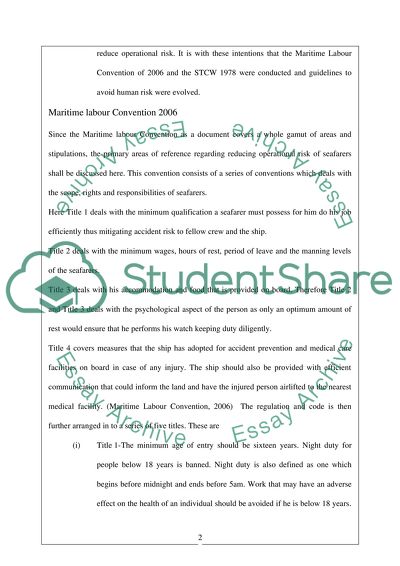Cite this document
(“Maritime Operations Essay Example | Topics and Well Written Essays - 1750 words”, n.d.)
Retrieved from https://studentshare.org/environmental-studies/1412115-maritime-operations
Retrieved from https://studentshare.org/environmental-studies/1412115-maritime-operations
(Maritime Operations Essay Example | Topics and Well Written Essays - 1750 Words)
https://studentshare.org/environmental-studies/1412115-maritime-operations.
https://studentshare.org/environmental-studies/1412115-maritime-operations.
“Maritime Operations Essay Example | Topics and Well Written Essays - 1750 Words”, n.d. https://studentshare.org/environmental-studies/1412115-maritime-operations.


